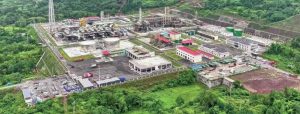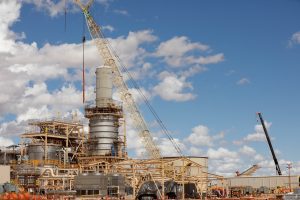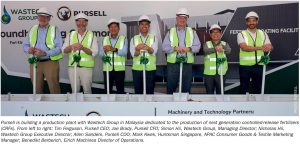
KazZinc to invest in increased SO2 recovery
Kazakhstan Zinc (KazZinc) is progressing with plans to reduce sulphur dioxide emissions from its Ust-Kamenogorsk site following an environmental audit in December 2024 as a result of smogs caused fugitive emissions which forced residents to stay indoors. The site has reduced emissions from 69,000 t/a in 2011 to 15,000 t/a, but plans to invest $210 million in in new technologies, including sulphur dioxide recovery systems and upgraded filters for solid particle capture. The key measure is the modernisation of gas purification units which is expected to reduce SO2 emissions by 2,200 t/a by 2026. Another important initiative is the construction of the “Hydropolimet” workshop at the KazZinc Ridder metallurgical complex, which aims to reduce sulphur dioxide emissions by 714 t/a.









